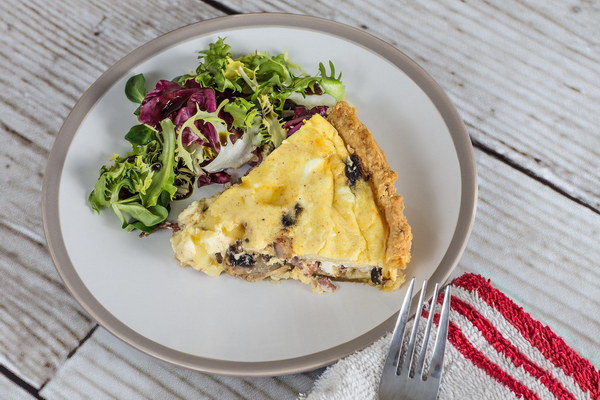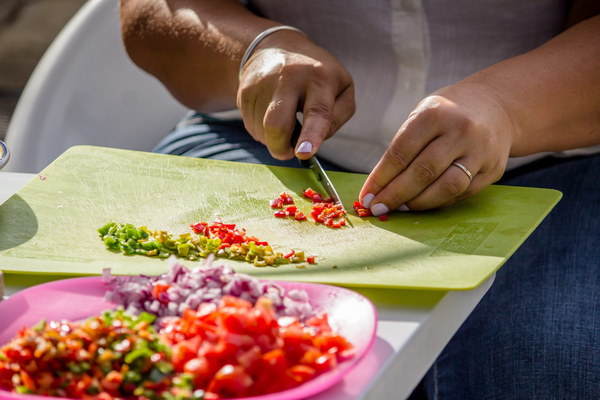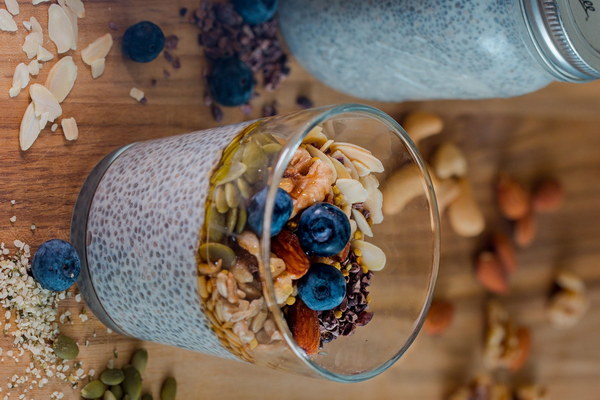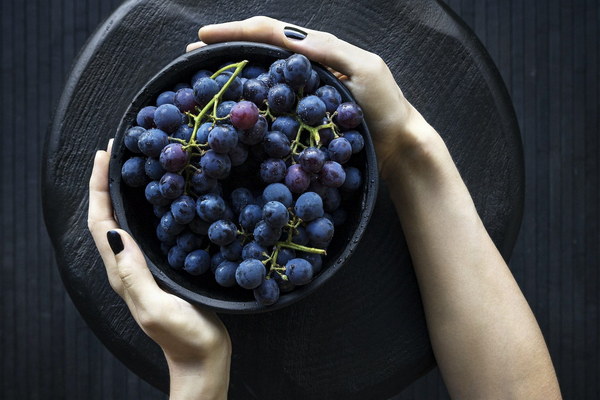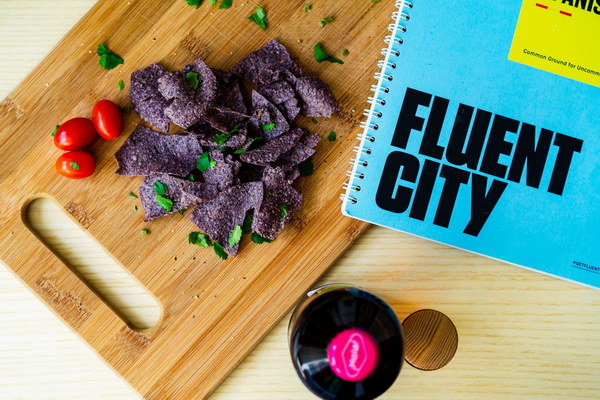Unlocking Health The Wonders of Wind-Cold Invading the Surface Therapy and Diet
In the realm of traditional Chinese medicine, the concept of wind-cold attacking the surface is a common occurrence, especially during the cold and flu season. This condition, known as wind-cold binding the exterior, can lead to various symptoms such as chills, fever, sore throat, and body aches. To alleviate these symptoms and boost the body's resistance, wind-cold binding therapy and diet play a crucial role. This article delves into the wonders of wind-cold binding therapy and diet, offering insights into how to harness their power for a healthier life.
Understanding Wind-Cold Binding
Wind-cold binding refers to a condition where wind and cold pathogens invade the body's surface, causing disharmony and imbalance. According to traditional Chinese medicine, these pathogens can lead to a variety of symptoms, including chills, fever, sore throat, headache, body aches, and fatigue. To address this issue, wind-cold binding therapy and diet are essential in restoring balance and promoting healing.
Wind-Cold Binding Therapy
Wind-cold binding therapy involves a combination of herbal medicine, acupuncture, and other traditional Chinese medicine techniques. Here are some key components of this therapy:
1. Herbal Medicine: Traditional Chinese medicine utilizes a wide range of herbs to treat wind-cold binding. Common herbs include cinnamon bark, dried tangerine peel, and forsythia fruit. These herbs help to expel wind and cold pathogens, relieve pain, and reduce inflammation.
2. Acupuncture: Acupuncture, another vital aspect of wind-cold binding therapy, involves inserting fine needles into specific acupuncture points. These points are believed to regulate the flow of Qi (vital energy) and promote healing. Common acupuncture points for wind-cold binding include LI4 (Large Intestine 4), GB20 (Gallbladder 20), and ST36 (Stomach 36).
3. Cupping: Cupping is a technique that involves placing cups on the skin to create suction. This method is believed to improve blood circulation, enhance Qi flow, and expel wind-cold pathogens. Cupping can be used on various parts of the body, such as the back, chest, and neck.
Wind-Cold Binding Diet
In addition to therapy, diet plays a crucial role in wind-cold binding. The following dietary tips can help alleviate symptoms and support recovery:

1. Warmed Beverages: Consuming warm liquids, such as herbal teas or chicken broth, can help soothe the throat, reduce inflammation, and warm the body. Herbs like ginger, cinnamon, and turmeric are excellent choices.
2. Foods with Anti-inflammatory Properties: Inflammation is a common symptom of wind-cold binding. Incorporating anti-inflammatory foods, such as fatty fish, nuts, and fruits like berries, can help alleviate inflammation and support overall health.
3. Vitamin C-Rich Foods: Vitamin C is known for its immune-boosting properties. Incorporating vitamin C-rich foods, such as oranges, strawberries, bell peppers, and kale, can help strengthen the immune system and reduce the duration of the illness.
4. Rest and Hydration: Adequate rest and hydration are essential for recovery. Ensure you get enough sleep and drink plenty of fluids to support your body's healing process.
Conclusion
Wind-cold binding therapy and diet are effective tools for addressing the symptoms of wind-cold binding and promoting overall health. By combining herbal medicine, acupuncture, and other traditional Chinese medicine techniques with a balanced diet, you can achieve a state of harmony and balance, leading to a healthier life. Remember, it's always best to consult with a healthcare professional before starting any new therapy or dietary regimen.
